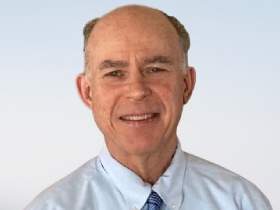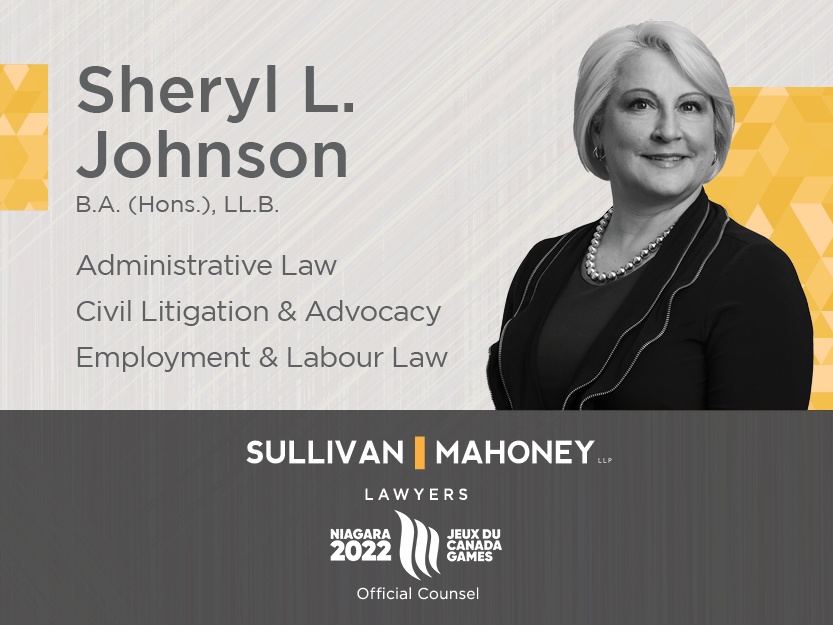On April 16 and 17, the Canadian electorate will have a chance to size up its choices for prime minister when the party leaders meet to debate the issues in the only French and English debates offered before voters go to the polls on April 28.
National elections in Canada have included debates since 1968. Those debates were held at the West Block of Confederation Hall in Ottawa. Four party leaders took the stage, and a joint CBC-CTV production delivered the two-hour event into Canadian homes in living colour. CTV had suggested a two-man debate between Prime Minister Pierre Trudeau and Conservative Leader Robert Stanfield, but Trudeau believed all leaders should be included.
The management of Canada’s multi-party system used to be a point of dispute and negotiation anytime debates were scheduled. The 2018 creation of a Leaders’ Debate Commission included an independent commissioner and a small seven-member Advisory Board following these guidelines: “First, to organize two leaders’ debates – one in each official language. Second, to prepare a report for the Minister following the debates, outlining findings, lessons learned, and recommendations, which the Minister tables in Parliament. The Commission also sets criteria for participation in the debates by political party leaders.”
This year’s debates will occur at Maison de Radio-Canada in Montreal. A lot will be on the line for Liberal Leader Mark Carney and Conservative Leader Pierre Poilievre, one of the two men who will lead their party into government. NDP Leader Jagmeet Singh, Bloc Leader Yves-François Blanchet, and Green Party co-leader Jonathan Pedneault will also participate, trailing badly in the polls or holding no interest in forming government.
For Carney and Poilievre, the stakes could not be grander. Carney, Liberal leader and prime minister, holds no seat in the House, has never sat in parliament, has never debated as a politician, and faces his first significant test as a political player on the national stage. Obvious risks exist. He could fall into a gaffe, make a glaring unforced error, or get caught in a lie that quickly surfaces for the participants, the journalists, and the audience watching at home. Those are worst-case scenarios and are not likely to occur. But in the past, they have had an enormous impact. Three such examples survive as potential warning signs for the leading contenders.
1984 Debate in Ottawa
Leading Brian Mulroney substantially in the polls, Prime Minister John Turner went into the July 1984 debate, reviving Liberal chances after months of Mulroney pummeling former prime minister Pierre Trudeau by as much as 30 points. In that now-famous debate clip, run repeatedly whenever Mulroney’s name surfaces, Turner, for some unexplained reason, tried to trip up Mulroney on the subject of patronage. The answer concluded, and the moderator was about to begin the following line of questions when Mulroney pounced, shook his finger at Turner, and delivered what can only be described as the most celebrated knock-out punch in Canadian political history. “You had an option, sir. You could have said, ‘I am not going to do it.’”
Recalling the incident in 2020 shortly after Turner’s passing, Mulroney said, “I pounced and berated him for not saying no to a horrible package of appointments. That night, we went from being 14 points behind to 18 points ahead. There was a direct line from that TV debate to 211 Conservatives and 40 Liberals.” Mulroney claimed spontaneity. “I had no idea I was going to do that. I never expected it, but he was vulnerable.” Many will be tempted to draw comparisons between Turner and Carney. That would be unwise, though stranger things have happened.
1988 Debate in Ottawa
Facing political oblivion, Turner earned back some respect on the night of Oct. 25, 1988, when facing off against Mulroney. Fighting for his political life and what he considered Canada’s independence; Turner took on Mulroney’s efforts to create Free Trade with the United States and open our markets to American goods. “The day before the French debate, the Liberals had begun running a television ad that was the talk of the country. The commercial portrayed the free trade negotiations with the American negotiator eventually saying: ‘There’s just one line that’s getting in the way’ of an agreement. Then, a hand entered the shot with an eraser and eliminated the Canadian–American border on the forty-ninth parallel.”
The debate happened while some Liberal Party insiders contemplated Turner’s replacement with former rival Jean Chrétien in an unprecedented mid-campaign maneuver. The beleaguered Turner had battled for four years to get another chance to prove the Party had not made a mistake. He and Mulroney sparred for the first hour of the debate, and then an opening occurred.
After questioning the wisdom of free trade and intimating Mulroney was selling out the nation, the Prime Minister replied: “I today, Sir, as a Canadian, believe genuinely in what I am doing. I believe it is right for Canada. I believe that in my own modest way, I am nation-building because I believe this benefits Canada and I love Canada.”
Turner leapt: “We built a country east and west and north. We built it on an infrastructure that deliberately resisted the continental pressure of the United States. For 120 years, we’ve done that. With one signature of a pen, you’ve reversed that, thrown us into the north-south influence of the United States and will reduce us, I am sure, to a colony of the United States because when the economic levers go, the political independence is sure to follow.”
A Mulroney lead dissolved and within a week, Turner and the Liberals took a six-point advantage in public polls. Although he could not hold the advantage, Turner reduced Mulroney’s majority, consolidated his support, regained his reputation, and doubled the Liberal seat total in Parliament, setting them up for a recovery under the next leader.
2011 Debate in Ottawa
The unusual result of this debate led to a Conservative majority, though the most poignant exchange occurred between the leader of the NDP and the Liberal leader. With Prime Minister Stephen Harper calling for a “strong, stable, national Conservative majority,” the opposition leaders hoped to derail Harper and possibly create a coalition against him. At least that was what many thought as the debate began. Midway through, Liberal Leader Michael Ignatieff decided a good strategy included lecturing Harper about democracy (my, the Liberals are constant if nothing else). Suddenly, in the middle of the debate, NDP Leader Jack Layton turned to Liberal leader Michael Ignatieff and said, “I have to pick up on something Mr. Ignatieff said,” the NDP leader interjected. “He said before [that] we have to walk the walk, and we have to be a strong leader and respect Parliament. I’ve got to ask you, then: Why do you have the worst attendance record in the House of Commons of any member of Parliament?” Ignatieff smiled awkwardly. Layton delivered the coup de grâce: “You know, most Canadians, if they don’t show up for work, they don’t get a promotion.” Humiliated, Ignatieff began a long descent, and Layton and the NDP surged into second place for the first time in party history.
What happens in these debates usually changes the eventual outcome very little. But if support for the leading party appears soft, a defining moment can trigger a quick shift in momentum or turn around the flagging fortunes of a political leader or party. With Singh abandoning Layton’s efforts to lead the NDP to higher ground, this debate will focus on the exchanges between the two major combatants. Since the election is a binary choice, the risks grow for a big moment or a damaging gaffe. Anticipating these moments eludes prediction. They arise organically, reverberate nationally, and create a political earthquake. Will we see one this cycle? Get your popcorn ready!

Dave Redekop is a retired elementary resource teacher who now works part-time at the St. Catharines Courthouse as a Registrar. He has worked on political campaigns since high school and attended university in South Carolina for five years, where he earned a Master’s in American History with a specialization in Civil Rights. Dave loves reading biographies.






